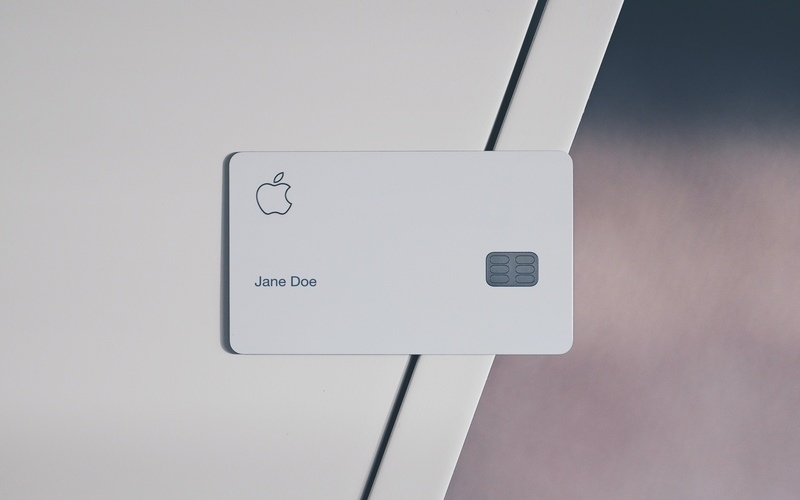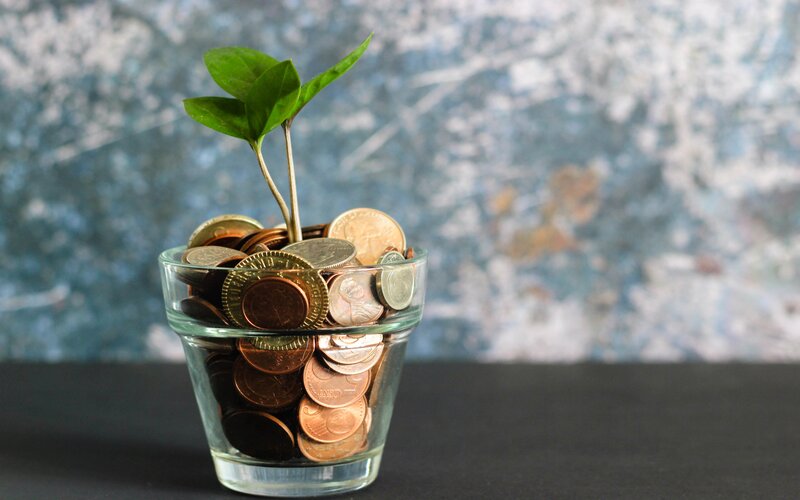The increase in the rate follows the removal of the $150 a fortnight coronavirus supplement, taking the total fortnightly rate to $615 from the current $565.70 base rate, or $43.57 a day.
The supplement is due to end on March 31, with the new rate effective from 1 April and will be applied to JobSeeker, Youth Allowance, Austudy, and Abstudy payments.
The increase is expected to cost $9 billion over the next four years and is the first permanent increase to dole payments since the 1980s.
New mutual obligations will also be introduced for JobSeekers which include:
- 15 job searches a month, then 20 job searches a month from 1 July
- Attending face-to-face appointments
- Entering an intensive training stage after six months of being on welfare
Also announced is a plan to raise the threshold when payments are decreased, meaning recipients can earn more money before losing benefits.
For employers, the government will introduce a employer reporting line to notify them of JobSeekers who have turned down suitable employment offers.
Prime Minister Scott Morrison said the country was now moving into a new chapter and it was important to have faith in our social safety net.
"But we’ve also formed the view that that base level of support that exists within our social safety net needs to be adjusted for the long term. And that will lead to an increase of $50 per fortnight in that base payment," Mr Morrison said.
The announcement has angered the likes of The Greens and advocacy groups who were all pushing for an increase to around $65 a day or higher.
Speaking to the media on Tuesday morning, Labor leader Anthony Albanese, who has not stated what his party would take the rate to, said the current rate was untenable.
"It's important there be a permanent increase, and that that be done as a matter of urgency to provide certainty to people," Mr Albanese said.
Some members within the Prime Minister's own party have questioned whether the rate should be increased at all, including LNP Senator Matt Canavan.
We have to be careful about the cost of increasing the dole. We have more debt than at any time since WWII and we are borrowing too much from overseas including from China.
— Matthew Canavan (@mattjcan) February 22, 2021
A welcome increase, but is it enough?
Australian Council of Social Service (ACOSS) CEO Dr Cassandra Goldie said even with the coronavirus supplement, families were being forced to make impossible decisions.
“The Government's decision will impact millions who have the least, including hundreds of thousands of children whose parents are locked out of paid work, people with a disability, students, older workers, people with a chronic illness, single parents, people from all walks of life," Dr Goldie said.
"More than a decade ago, the Ken Henry Review recommended a $50 per week increase to Australia’s unemployment payment, which was never delivered.
“There is currently only one job available for every nine people looking, with even less in regional areas. We are yet to see the impact of JobKeeper and eviction moratoriums ending."
The Australian Institute labelled the increase "cruel and economically reckless" and said the cost of increasing it further was minimal compared to the government's tax cuts.
"It is estimated that this will cost the Budget approximately $9 billion over four years," Australian Institute senior economist Matt Grudnoff said.
"To put this in context, the tax cuts for high-income earners the Government has announced over the last few years will cost the budget 10 times more ($83 billion over the same four years."
CPA Australia CEO Andrew Hunter said an increase was due long before the pandemic and questioned whether the $50 increase would provide adequate support.
“One of the surest ways to get money circulating in an economy is to assist people who will spend it," Mr Hunter said.
"JobSeeker recipients have limited capacity to save and will use additional amounts to buy goods and services that support business and the economy."
Image source: Centrelink



 Harrison Astbury
Harrison Astbury
 Harry O'Sullivan
Harry O'Sullivan

 William Jolly
William Jolly


